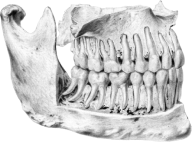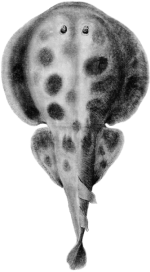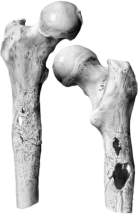
The Viva by Henry Jamyn Brooks, 1894
Paintings, Sculpture and Furniture
The Special Collections contain decorative and fine art objects including paintings, drawings, photographs, statues, busts, furniture, engravings and the Royal College of Surgeon’s regalia and silverware. Objects from this collection are displayed in the Hunterian Museum and around the College building.
Oil paintings held in the RCSEng and John Hunter collections can be found at ART UK
Objects in this collection have museum identification numbers with the prefix RCSSC.

Portrait of Caubvick, an Inuit woman from Labrador, c.1772
RCSSC/P 243

Drawings of a series of fossil shark teeth, by James Parsons, signed, before 1770.
RCSSC/HDB/3/1/861/1

Bust of Richard Owen by Alfred Gilbert
RCSSC/P 185

17th century dry drug jar with a label that translates as 'Rhubarb Lozenges'
RCSSC/C 12



